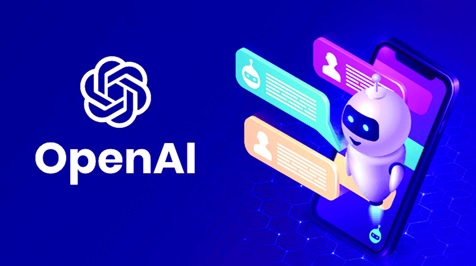
Earlier this year, ChatGPT maker OpenAI unveiled Deep Research, a new feature which it says “conducts multi-step research on the internet for complex tasks.” As of now, the functionality is currently exclusive for Plus and Enterprise customers, but according to a recent post on X by Tibor Blaho, OpenAI’s member of technical staff Isa Fulford has confirmed that Deep Research will soon be available for those on the free tier.
Powered by a new version of the o3 model optimised for web browsing and data analysis, OpenAI says Deep Research allows users to quickly find, analyse, and synthesize hundreds of online sources and generate reports that mimic the levels of a research analyst. This is done by searching through, interpreting and going through text, images and PDFs available on the internet.
For example, a user can describe a scene from a movie or a TV show and ask ChatGPT to get more information about it, including the episode of where it happened.
To initiate ‘Deep Research’, use prompts like “Create a report on smartphone adoption around the world and highlight the latest trends and changes.” These AI generated reports may also feature synthesised graphs and images from websites alongside clear citations and summary of the AI chatbots thought process. ChatGPT also lets you upload your own files and spreadsheets to add some more context to the prompt.
Since OpenAI hasn’t shared any timeline on when Deep Research will be available for free users, it might take some time before the AI startup rolls out the new feature to everyone.
OpenAI plans to release a new ‘open’
AI language model in the coming months
OpenAI says that it intends to release its first “open” language model since GPT-2 “in the coming months.”
That’s according to a feedback form the company published on its website Monday. The form, which OpenAI is inviting “developers, researchers, and [members of] the broader community” to fill out, includes questions like, “What would you like to see in an open-weight model from OpenAI?” and “What open models have you used in the past?”
“We’re excited to collaborate with developers, researchers, and the broader community to gather inputs and make this model as useful as possible,” OpenAI wrote on its website. “If you’re interested in joining a feedback session with the OpenAI team, please let us know [in the form] below.”
OpenAI plans to host developer events to gather feedback and, in the future, demo prototypes of the model. The first developer event will take place in San Francisco within a few weeks, followed by sessions in Europe and Asia-Pacific regions.
OpenAI is facing increasing pressure from rivals such as Chinese AI lab DeepSeek that have adopted an “open” approach to launching models. In contrast to OpenAI’s strategy, these “open” competitors make their models available to the AI community for experimentation and, in some cases, commercialization.
It has proven to be a wildly successful strategy for some outfits. Meta, which has invested heavily in its Llama family of open AI models, said earlier in March that Llama had racked up over 1 billion downloads. Meanwhile, DeepSeek has quickly amassed a large worldwide user base and attracted the attention of domestic investors.
In a recent Reddit Q&A, OpenAI CEO Sam Altman said that he thinks OpenAI has been on the wrong side of history when it comes to open sourcing its technologies.
“[I personally think we need to] figure out a different open source strategy,” Altman said. “Not everyone at OpenAI shares this view, and it’s also not our current highest priority […] We will produce better models [going forward], but we will maintain less of a lead than we did in previous years.”





Be the first to comment